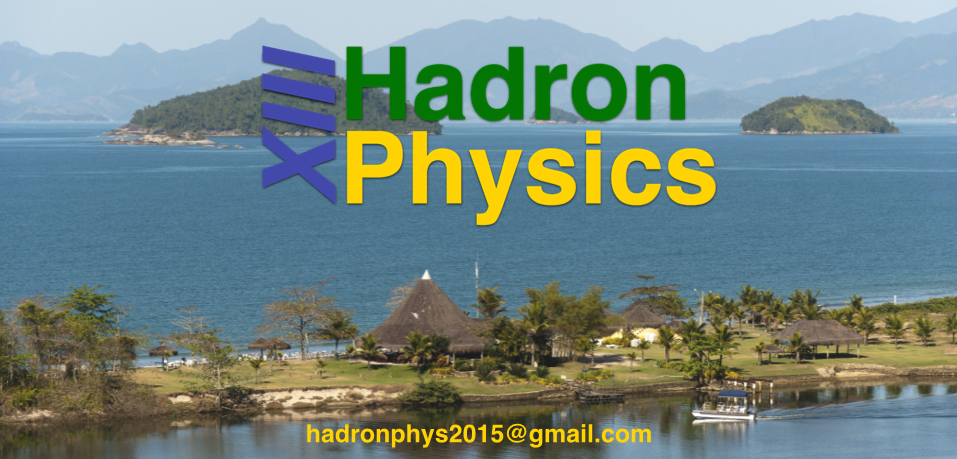Speaker
Prof.
Carlos Antonio da Rocha
(São Judas Tadeu University)
Description
Theoretical efforts to describe the pion production at threshold have been made since the new data [1], [2] have shown a disagreement with the description of the earlier work due to Koltun & Reitan (KR) [3]. In this pioneer work of KR, the interaction is split into two parts: one describes the correlations between the nucleons before and after production of a pion and the other is responsible for the dynamic of pion production from nucleon. The correlations are described by eigenfunctions of a Schrodinger equation with realistic nucleon-nucleon potential and the production dynamics is given by amplitude which is calculated from diagrams known as the impulse term and the reescattering term. This first model predicted the correct energy dependence of the cross section, but its magnitude is underestimated by a factor of five.
Due to threshold conditions (soft pion produced at $S$-wave) the process exhibits conditions to apply effective field theories and the Chiral Perturbation Theory have been applied [4] to evaluate the amplitude of $pp\rightarrow pp\pi^0$ reaction. This calculation shows that reescattering term contributes destructively to the impulse term in contrast to KR calculation. In spite of this difference, these two ways of description point to critical role played by short range dynamics in this process and we address our concern to the scalar-isoscalar component of the interaction, which is represented, by the $S$ scalar-isoscalar meson field, which is used in this short range dynamics. To preserve chiral symmetry, we need to include also the contribution of the $S$ meson decay into two pions, $S\rightarrow \pi \pi$, where one pion is emitted and the other one is absorbed by the second nucleon. Since we do not know the value of this decay coupling constant, we use the approach of the $S$ scalar meson being a 2$\pi$ scalar ressonance and doing this the decay vertex become a 4$\pi$ pion interaction.
This work will present the results for the contributions given by this 4$\pi$ vertex to pion production at threshold.
REFERENCES
[1] H. O. Meyer et al., Phys. Rev. Lett. {\bf 65}, 2846(1990); Nucl. Phys. {\bf A539}, 633 (1992).
[2] D. A. Hutcheon et al. Nucl. Phys. {\bf A535}, 618 (1991).
[3] D. S. Koltun and A. Reitan, Phys. Rev., 141 (1966) 1413.
[4] T. D. Cohen, J. L. Friar, G. A. Miller and U. van Kolck, Phys. Rev. {\bf C53}, 2661 (1996).
Primary author
Prof.
Carlos Antonio da Rocha
(São Judas Tadeu University)




